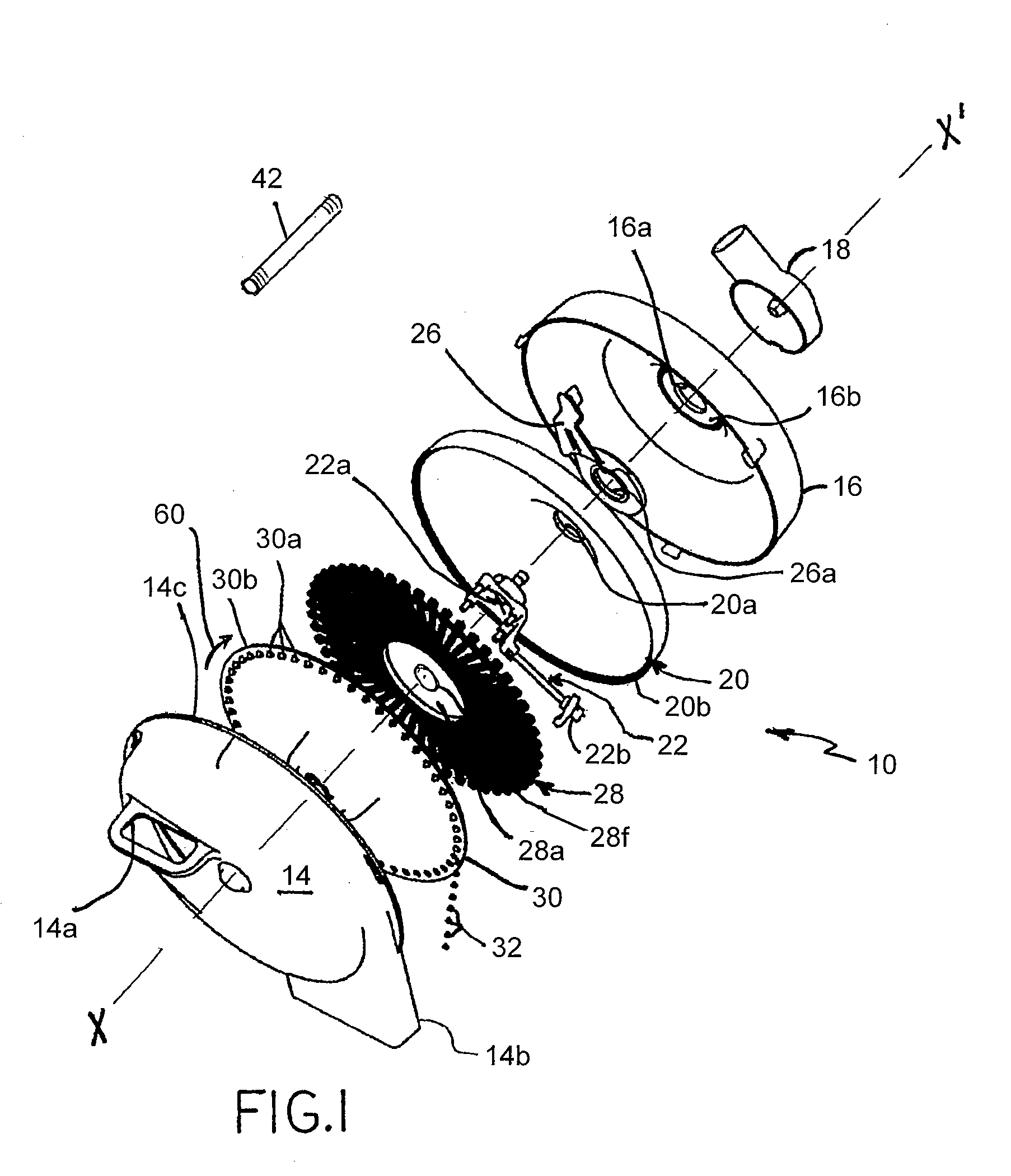Accordingly, it is an object of the present invention to provide for more accurate placement of seeds in the soil during planting.
It is another object of the present invention to reduce the amount of energy required to drive plural vacuum seed meters incorporated in an agricultural planter and used in the planting of seeds in the soil.
It is a further object of the present invention to provide a vacuum seed meter used in the planting of crops which is capable of maintaining and precisely controlling a high vacuum to provide highly consistent and accurate release of seeds from the meter, as well as the trajectory of the seed following the release for more accurate positioning of the seeds in the soil.
Still another object of the present invention is to prevent field residue from interfering with the positioning of seeds on, and the release of seeds from, the seed disc of a vacuum seed meter in an agricultural planter.
These and other objects are achieved by the present invention. In some exemplary aspects of the present invention, a vacuum seed meter is provided and may include a bowl-shaped vacuum chamber with a generally flat closed end portion with an aperture coupled to a vacuum line via a rotary
coupling. Disposed within the vacuum chamber and coupled to the vacuum line in a fixed manner and extending radially outward from a central
rotational axis of the vacuum chamber is a stationary arm having a
cam follower with a plurality of inline rollers disposed on its distal end. In some aspects, the
cam follower may include four inline rollers. Attached to the open end of the vacuum chamber opposite the vacuum line
coupling in a sealed manner is the aligned, closely spaced combination of an outer seed disc having plural
peripheral spaced seed-receiving apertures and an inner vacuum release disc having plural spaced radially extending, flexible fingers each having a seed aperture engaging member on its distal end and a
cam following member disposed at an intermediate location on the finger along its length. Rotation of the vacuum chamber and the combination of the seed disc and vacuum release disc causes the
cam follower on the distal end of the stationary arm to sequentially engage each flexible finger of the rotating vacuum release disc. This causes the sequential deflection of each of the fingers with the seed aperture engaging members disposed on the distal ends of the fingers sequentially covering and interrupting vacuum communication with a seed-bearing aperture, which, in turn, sequentially releases the seeds disposed in the seed disc's
peripheral apertures for
discharge in the soil. The
cam follower on the distal end of the stationary arm within the vacuum chamber includes plural inline engaging members, which in one exemplary embodiment include a plurality of roller bearings, each positioned over one or more flexible fingers
proximate to consecutive seed-bearing apertures for removing the vacuum and allowing the sequential release of the seeds disposed over those apertures. In some aspects, the
cam follower may include four roller bearings to allow the sequential release of four seeds disposed over four apertures. The simultaneous vacuum cutoff of more than one seed aperture provides sufficient dwell time for the complete release of the seeds and their unobstructed separation from the seed disc, which is sequentially repeated for the additional approaching seeds. The point of release for the seeds may be adjusted by angularly changing the
radial position relative to the axis of rotation of the cam bearing arm within the vacuum chamber. Each seed aperture engaging member is preferably in the form of a generally flat disc formed of a
compressible material and includes a small projection for engaging and discharging from the seed disc aperture any debris remaining in the aperture following
discharge of a seed therefrom.
 Login to View More
Login to View More  Login to View More
Login to View More 


